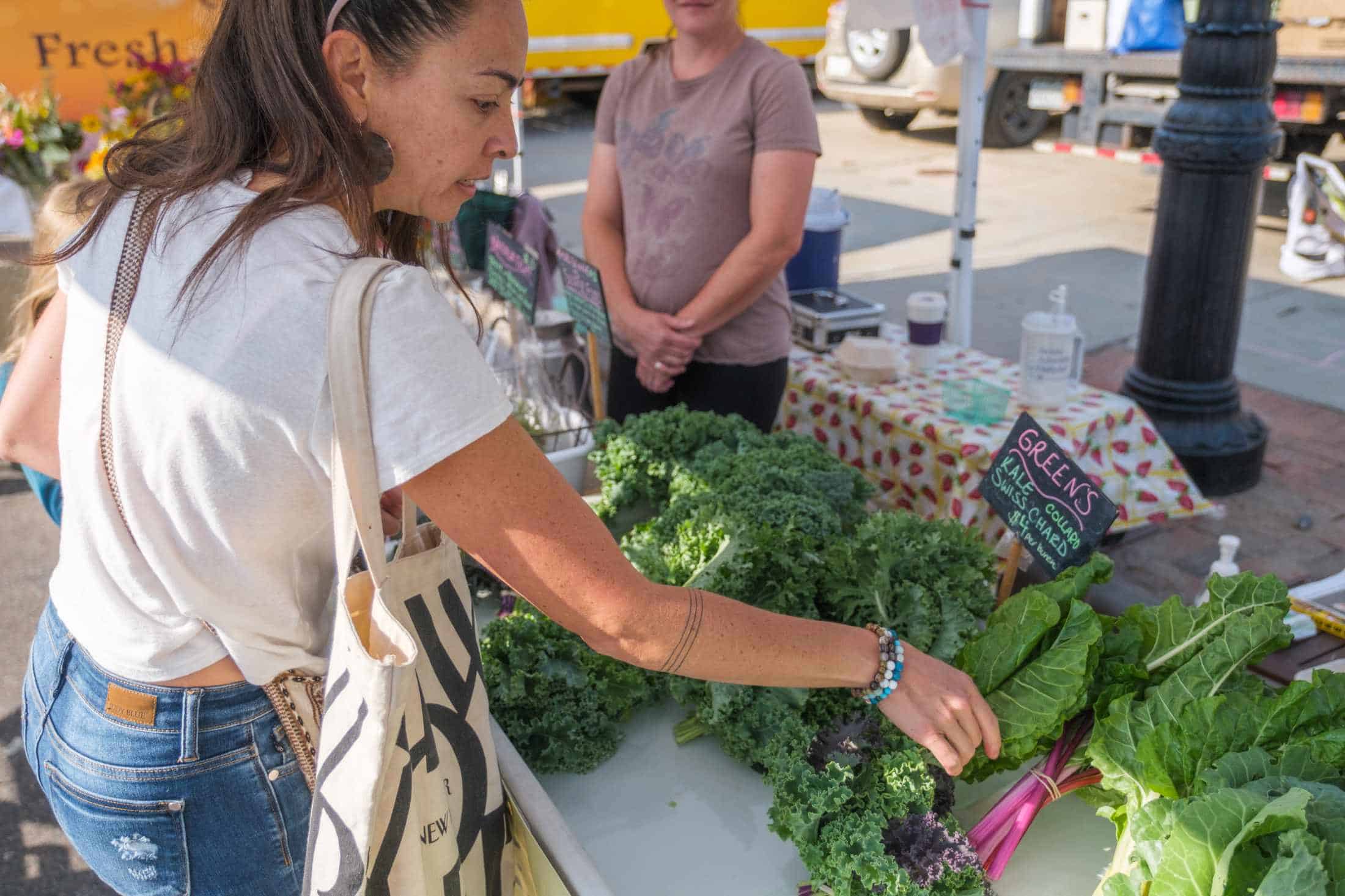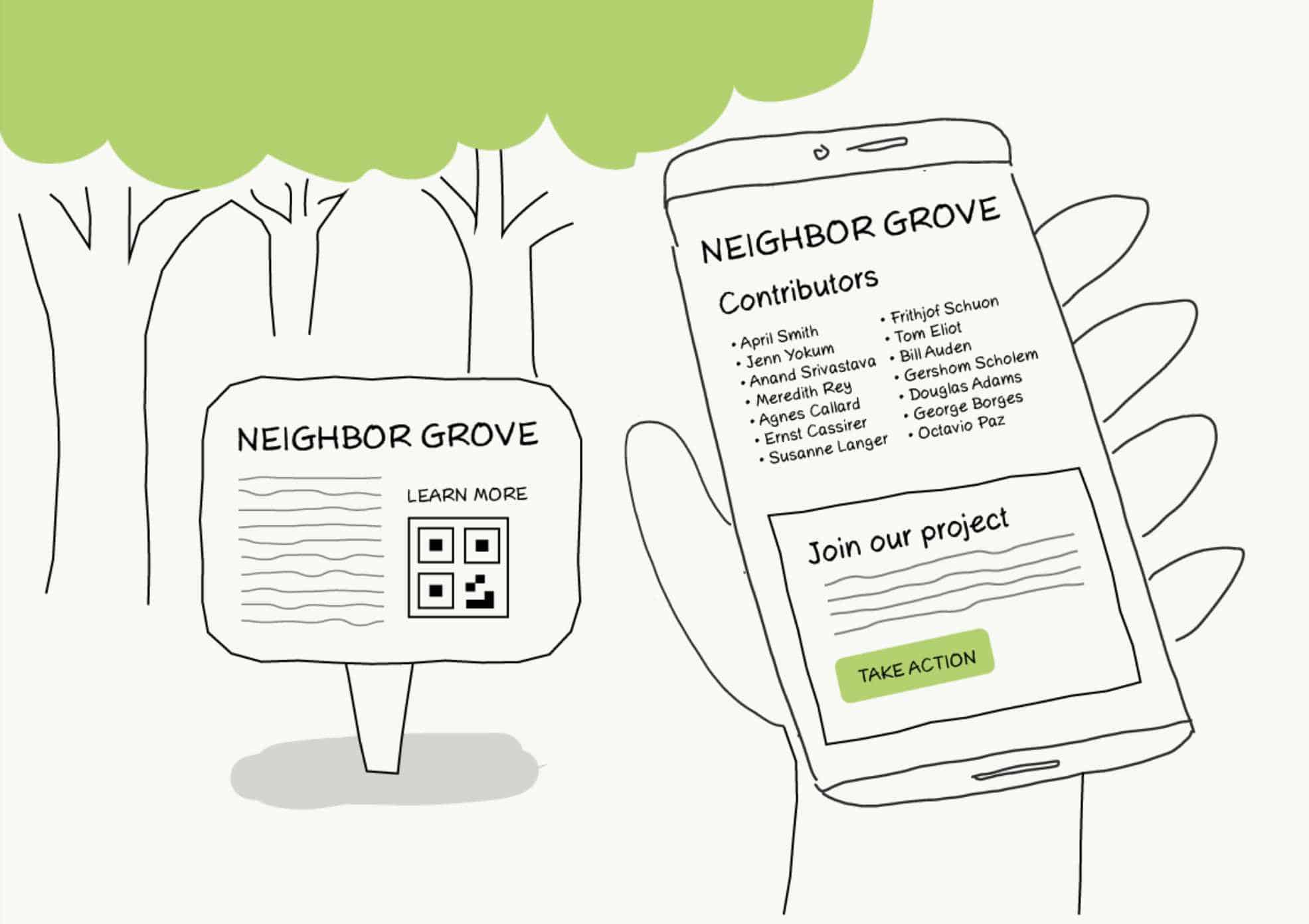

Upon completing the research, the team revisited the behavior change interventions. Intervention concepts that tested well were retained or used to inspire improved versions.
The team sequenced the new set of interventions across four behavior change moments, each moment with its own incremental actions and shifts in mindset, culminating in enduring behavior change and the willingness to publicly signal the change to others in one's reference network.
Each moment was formulated as a design problem (a moment brief). The brief contains many points of info, including the ideal outcome of the moment, what the actor would be asked to invest, what they would get in return, and what emotional and functional needs would require satisfaction for the moment to succeed.
The intervention concepts were connected together across these key moments in order to satisfy each moment brief and to form a seamless end-to-end experience, expressed as a story from the future. This story provided the foundation for creating a service blueprint for the journey. This method enabled the Rare team to design the frontstage, where the the actor's experience unfolds moment by moment, in tandem with the backstage, where operations and technology support the experience out of view of the actor.
This work was synthesized and formatted into a Behavior Change Blueprint, which served as the first iteration of the formal framing of the behavior change problem (the moment briefs) and an ideal solution to the problem (the story from the future and the experience blueprint).

